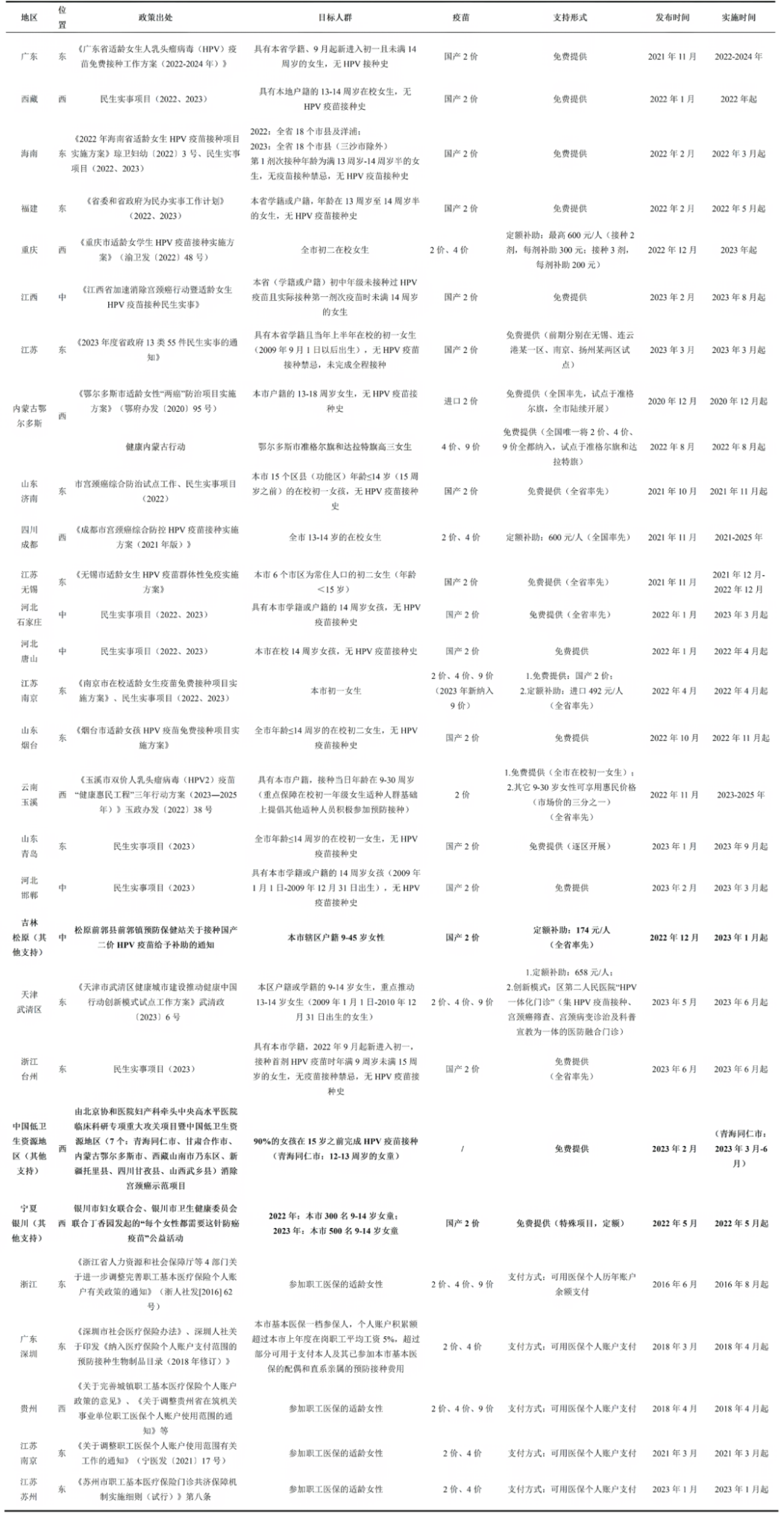Global Data
01
Global childhood vaccination coverage holds steady, yet over 14 million infants remain unvaccinated
The latest 2024 global immunization coverage data released by the World Health Organization (WHO) and UNICEF show that 89% of infants (approximately 115 million) received at least one dose of diphtheria-tetanus-pertussis (DTP) vaccine, and 85% (about 109 million) completed the full three-dose course, marking an increase of 171,000 and 1 million cases, respectively, from 2023. This progress indicates that despite numerous challenges, countries continue to achieve sustained results in expanding immunization programs (EPI).
Despite the overall positive trend, approximately 20 million infants still missed at least one dose of DTP-containing vaccine, including 14.3 million “zero-dose” children (those who did not receive any vaccine). This figure is 4 million higher than the 2024 control target set by the “Immunization Agenda 2030” and 1.4 million higher than the 2019 baseline level.
Inequities in vaccination remain a significant issue. Among 195 countries, 131 have maintained a coverage rate of over 90% for the first dose of the DTP vaccine since 2019, but there has been no major progress in overall immunization coverage. 50% of unvaccinated children are concentrated in 26 countries affected by conflict, fragility, or humanitarian crises. In these countries, the number of “zero-dose” children surged from 3.6 million in 2019 to 5.4 million in 2024. With support from Gavi, the Vaccine Alliance, and other partners, immunization services in low-income countries have continued to improve. In 2024, the number of unvaccinated or partially vaccinated children in 57 Gavi-supported low-income countries decreased by 650,000, but some middle-income countries saw a decline in coverage rates.
Significant progress has been made in the roll-out of the HPV vaccine: global HPV vaccine coverage increased from 17% in 2019 to 31% in 2024, with single-dose strategies showing advantages in promotion. The coverage rates for the first and second doses of the measles vaccine reached 84% and 76%, respectively, but still fall short of the herd immunity threshold of 95%, resulting in measles outbreaks in 60 countries in 2024, an 82% increase from 2022.
WHO and UNICEF point out that current immunization progress faces multiple challenges, including funding shortages, the spread of vaccine misinformation, and ongoing conflicts and instability. Therefore, in the face of multiple threats to global health security, there is an urgent need to increase investment in immunization systems, especially in low-income countries and regions where zero-dose children are concentrated. By strengthening nationally-led strategies, progressively integrating immunization services into primary health care systems, increasing transparency of information, and building social trust, it is essential to further expand the coverage of immunization services and ensure that all children receive the life-saving protection offered by vaccines.
Journal Article Recommendation
01
Expert consensus on immunoprophylaxis of cervical cancer and other human papillomavirus-related diseases (2025 edition)
The 2025 edition of the Expert Consensus on Immunoprophylaxis of Cervical Cancer and Other HPV-Related Diseases has recently been released. Updated by the Chinese Preventive Medicine Association and its Vaccine and Immunization Branch, the consensus provides an evidence-based reference for clinicians, disease control professionals, and vaccinators to scientifically use HPV vaccines and comprehensively prevent and control cervical cancer.
The consensus reviews the latest global and Chinese HPV vaccine development routes. Current vaccines use HPV L1 virus-like particles (VLPs) as antigens. Future broad-spectrum vaccine research directions include chimeric VLP vaccines and L2 protein vaccines. Additionally, therapeutic vaccines based on E6, E7, and other target antigens are in Phase I clinical trials.
The consensus recommends prioritizing 9- to 14-year-old girls for HPV vaccination, based on clinical data from six approved HPV vaccines in China (three domestic). It emphasizes that younger vaccination yields greater benefits and suggests integrating vaccination with cervical cancer screening to boost herd immunity and achieve WHO’s “90-70-90” targets. The consensus identifies several urgent research directions: the effectiveness of single-dose vaccination schedules, immune effects in special populations, protection durability of domestic vaccines with different schedules, pathways to increase vaccination coverage, and catch-up vaccination strategies. These will support future vaccine policy optimization.
The consensus calls for improving cervical cancer incidence/mortality surveillance systems, establishing comprehensive evaluation indicators (vaccination, screening rates, disease burden), and encouraging empirical studies on population characteristics, regional differences, and intervention effects to refine cervical cancer control management. Globally, efforts to eliminate cervical cancer are accelerating. As of 2024, 75 countries have adopted single-dose HPV vaccination, and vaccination coverage is improving, especially in Africa. However, challenges remain, particularly in low- and middle-income countries where only 46% have nationally introduced HPV vaccination compared to 98% in high-income countries. The WHO’s global strategy aims to eliminate cervical cancer by achieving vaccination, screening, and treatment targets by 2030.
This consensus is a significant update in the global push to eliminate cervical cancer. It underscores the need for China to rapidly build an integrated prevention and control system from vaccination to screening, treatment, and monitoring evaluation, laying a solid foundation for this achievable public health goal.
DOI: 10.3760/cma.j.cn112338-20250530-00364
Chinese Journal of Preventive Medicine” Official Account: https://mp.weixin.qq.com/s/nPf1OlTZfa7GfxVe4qv6Ow
02
Strategies, Barriers, and Facilitators for Healthcare Professionals to Recommend HPV Vaccination: A Systematic Review
This study, published in Vaccines by Jing Sun’s team from Peking Union Medical College, systematically analyzed global healthcare professionals’ HPV vaccination recommendation strategies and influencing factors. Following the PRISMA guidelines, the study included 96 original studies (including 4 mixed-methods studies, 25 qualitative studies, and 67 cross-sectional quantitative studies) covering the practices of doctors and nurses across countries with different economic levels.
Results showed significant regional differences in healthcare professionals’ recommendation strategies. In high-income countries, healthcare providers commonly used “assertive recommendation” strategies, such as bundling HPV vaccines with routine adolescent vaccinations and emphasizing their cervical cancer prevention benefits, to streamline communication and increase vaccination rates. In contrast, providers in low- and middle-income countries tended to use an “inform-and-choose” communication model, preferring to provide vaccination information to parents for their own decision-making.
Core factors influencing healthcare providers’ recommendation behaviors included their trust in vaccine safety and efficacy, willingness to discuss sexually transmitted aspects, and sufficient time and resources for parent communication. Additionally, in high-income countries, public insurance coverage and government subsidies significantly reduced doctors’ concerns and enhanced their recommendation intentions. In low- and middle-income countries, limited vaccine availability, high pricing, and weak policy support were the main barriers. Chinese healthcare providers reported major obstacles such as concerns about HPV vaccine safety and doubts about vaccination necessity. In comparison, other countries faced limited working hours and lack of parental support as main barriers.
The study emphasizes that strengthening external policy support and improving healthcare providers’ professional training are crucial for increasing their willingness to recommend HPV vaccines and implementing recommendation strategies. It suggests incorporating HPV vaccines into national immunization programs as an important pathway to expand vaccination coverage, narrow vaccination gaps, and advance the cervical cancer elimination process.
https://doi.org/10.3390/vaccines13040402
03
Multilevel Intervention and Human Papillomavirus Vaccination Disparities: A Secondary Analysis of a Cluster Randomized Trial
This study, published in JAMA Network Open, evaluated the effectiveness of multilevel interventions in increasing HPV vaccination rates among 11- to 12-year-olds through a stepped-wedge cluster randomized trial conducted from April 2018 to August 2022 at six primary care clinics within the Mayo Clinic in Minnesota, USA. The study used a mixed-methods design to assess two main interventions: (1) sending reminder/recall notifications to parents of children overdue for vaccination and (2) providing healthcare providers with audit/feedback reports on their vaccination rates. The primary outcomes were initiation (first dose) and completion (second dose) rates of vaccination.
The study included 6,232 children aged 11 to 12 years (52.7% male), with a racial composition of 72.2% White, 9.0% Black, 4.9% Asian, 2.3% Hispanic, and 11.6% other. Analysis based on the Area Deprivation Index (ADI) showed that under usual care, HPV vaccination initiation and completion rates significantly decreased with increasing area poverty (higher ADI quartiles), with no significant differences observed by race, ethnicity, or urban/rural residence. Post-intervention, vaccination initiation rates significantly increased for most children (ranging from 9.2% [95% CI, 5.2%-13.3%] to 24.0% [95% CI, 7.5%-40.6%]), and completion rates increased by 19.4% (95% CI, 5.5%-33.3%) to 31.2% (95% CI, 12.1%-50.3%). However, intervention effects varied significantly by subgroup: initiation and completion rates did not significantly improve for Black children, rural residents, and those in the highest poverty areas (ADI Q4), while most other children saw significant increases in completion rates (ranging from 19.4% [95% CI, 5.5%-33.3%] to 31.2% [95% CI, 12.1%-50.3%]).
The study concludes that multilevel interventions are effective in increasing HPV vaccination rates for most children but have limited impact in the most socioeconomically disadvantaged groups. Future efforts should explore additional interventions targeting these populations to close the HPV vaccination gap and ensure public health equity.
https://doi.org/10.1001/jamanetworkopen.2025.18895
04
Improved Uptake of Vaccinations in Children With Adverse Events Following Immunization After Specialist Immunization Service Intervention in an Australian Pediatric Hospital
This study, published in *The Pediatric Infectious Disease Journal*, evaluated the role of the Specialist Immunization Service (SIS) in managing adverse events following immunization (AEFI) in children and promoting subsequent vaccinations through a retrospective cohort study. The study included data from 191 children referred to the SIS at a pediatric medical center in Australia between 2019 and 2022. It analyzed their demographic characteristics, referral sources, vaccination histories, and types of AEFI, and used univariate and multivariate models to predict vaccination outcomes following SIS consultation.
Results showed that the median age of referred children was 2 years, with general practitioners being the primary referral source (68%). The most common AEFI was urticaria (29%), and the rate of serious adverse reactions was only 6%. The most involved vaccine was the pneumococcal conjugate vaccine (38%). After SIS intervention, the majority (69%) of children completed subsequent vaccinations within six months, with only 3% experiencing mild AEFI. Multivariate analysis indicated that the probability of continuation decreased by 7% for each additional year of age (aOR = 0.93, 95% CI: 0.88-0.99, P = 0.027), and the continuation rate decreased annually from 2020 to 2022. Notably, the formal reporting rate of AEFI was low, with only 26% of cases completing mandatory AEFI reporting.
The conclusion emphasized that the SIS can effectively improve vaccination compliance in children following AEFI. For children with non-immediate hypersensitivity reactions such as urticaria, hospital-based immediate vaccination or continuation under the guidance of a general practitioner is safe and feasible. The study recommended synchronizing SIS assessment results with the Australian Immunization Register and triggering automatic reminders. It also suggested establishing a shared reporting platform for healthcare providers and patients to enhance the completeness of AEFI surveillance.
https://doi.org/10.1097/INF.0000000000004719
Content Editor: Tianyi Deng
Page Editor: Ruitong Li





